I’m sitting at the train station waiting to head to Granada for a couple of days. I am, as usual, very early, but this means I have time to sit and relax a bit. I’ve had some breakfast, which in Andalusia means a coffee and some sort of Panini (lots of Iberian ham) which is delicious but I’m ready for something more substantial.
I did take some time this morning to visit the Seville Art Museum which boasts a collection of Spanish art from the medieval to the 20th century. It’s definitely not my favorite style, and I’ve seen enough Spanish/Catholic art to be underwhelmed with it, but there were some beauties and I can appreciate the history.
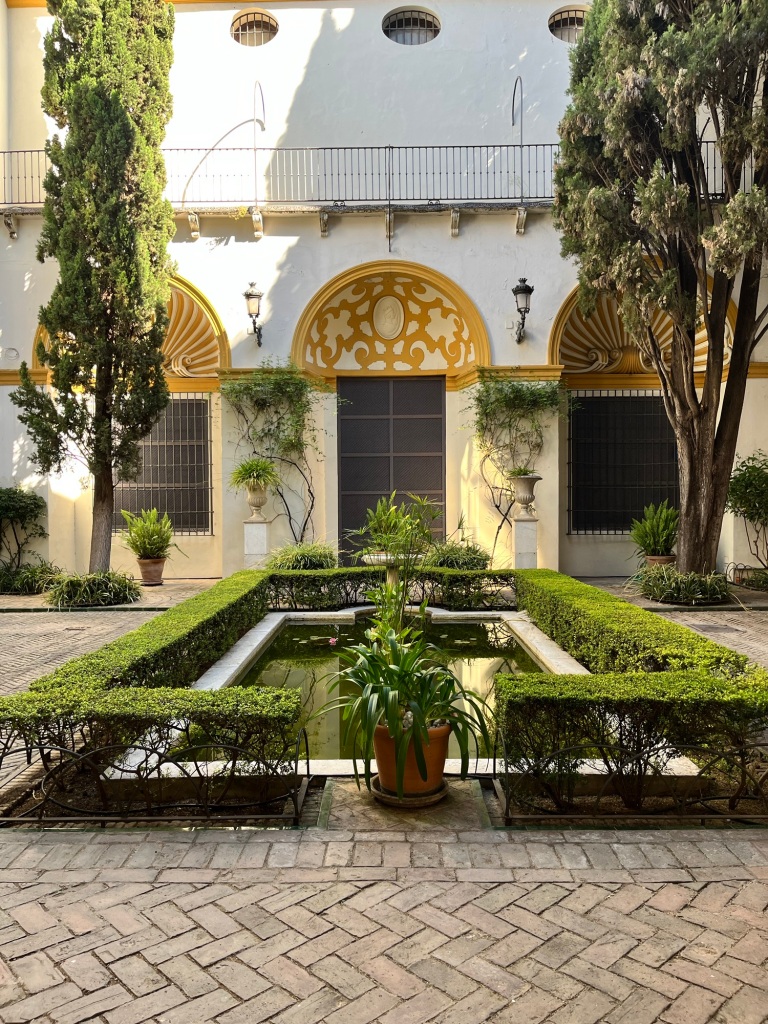



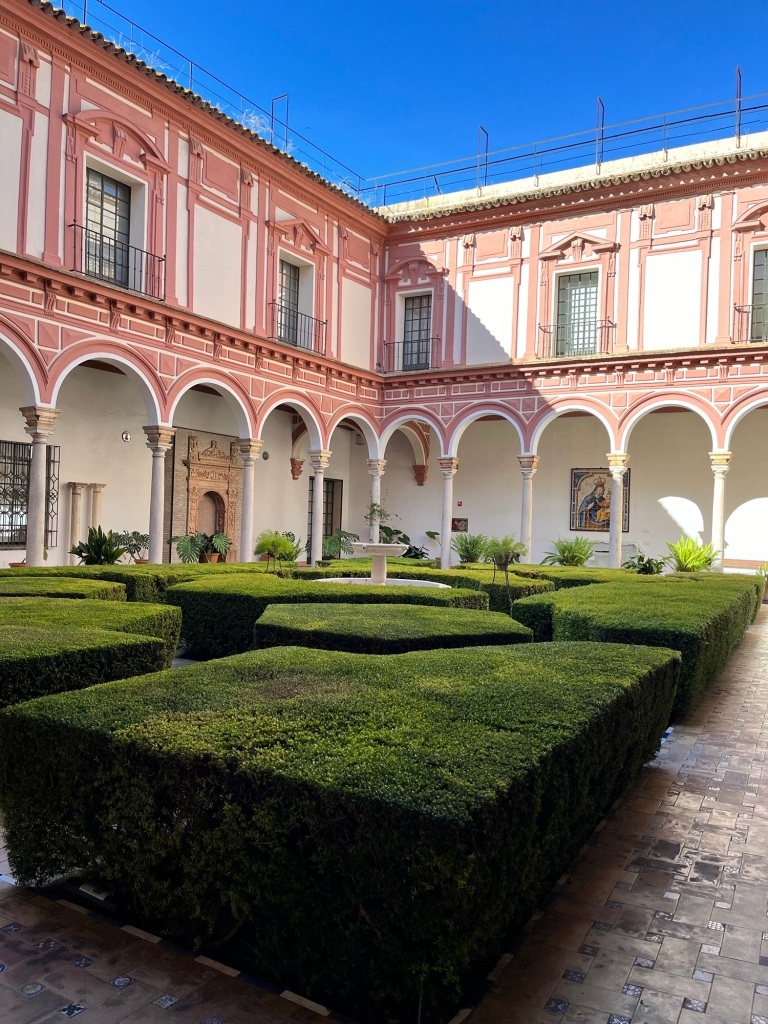
When touring the Seville Cathedral (see below), I learned that there is a myth that Saint Justa and Saint Rufina protect the Cathedral’s tower from destruction (it is 900 years old, after all). I enjoyed seeing this painting reflecting that mythology. I’m not sure how the original Muslim builders would feel about it, but they weren’t anti Christian by any means, so they may have actually appreciated it.

Here are a couple of paintings that I did enjoy.

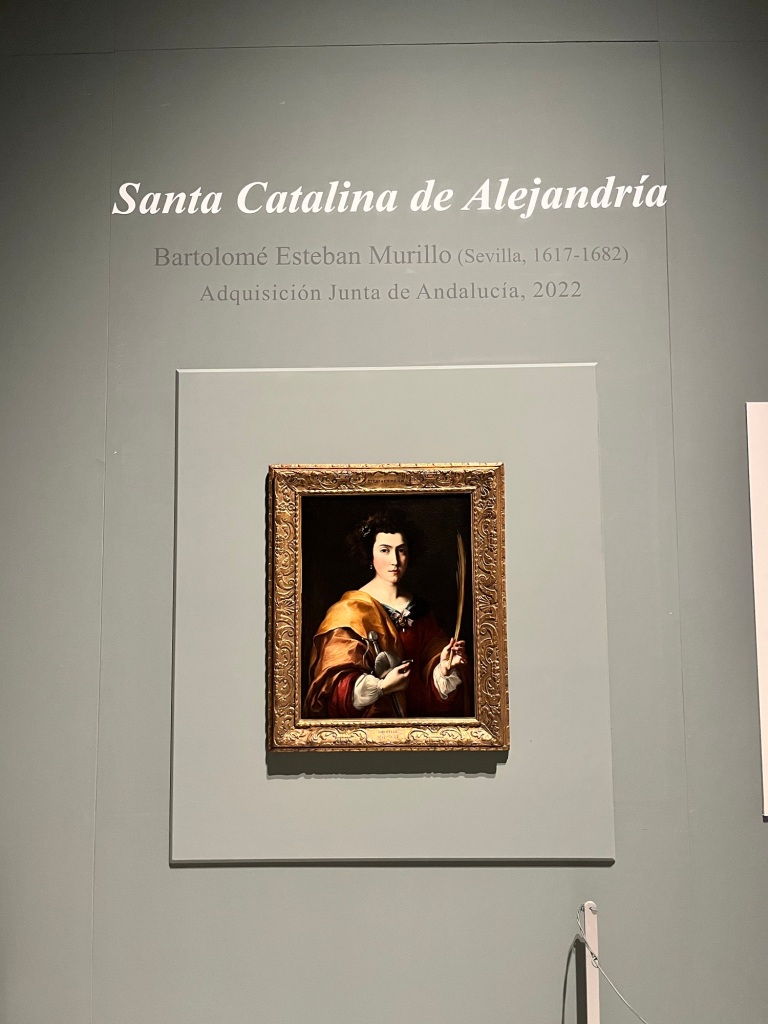
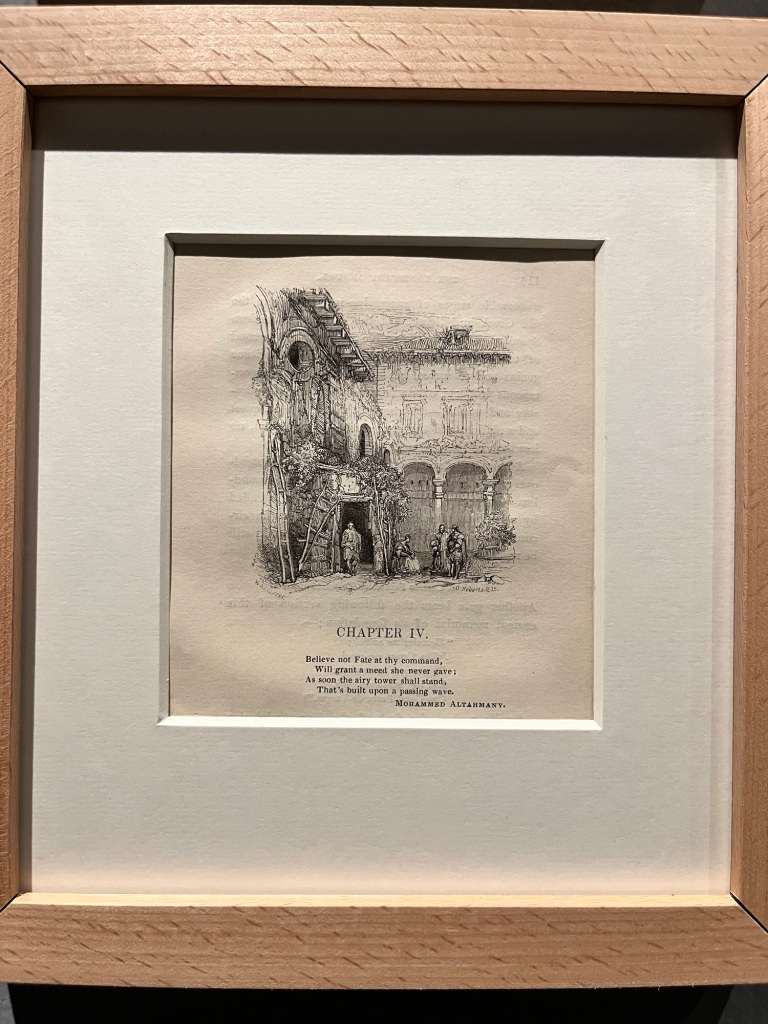
And here are some of the best faces I found. Those expressions are priceless…
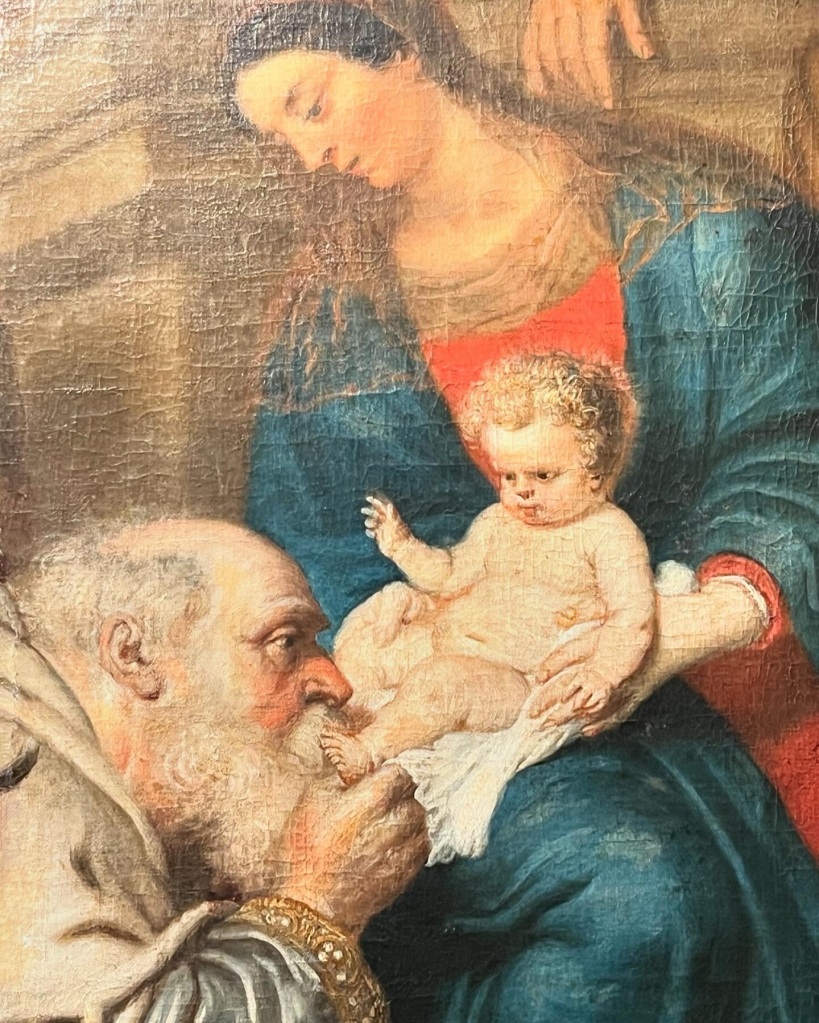

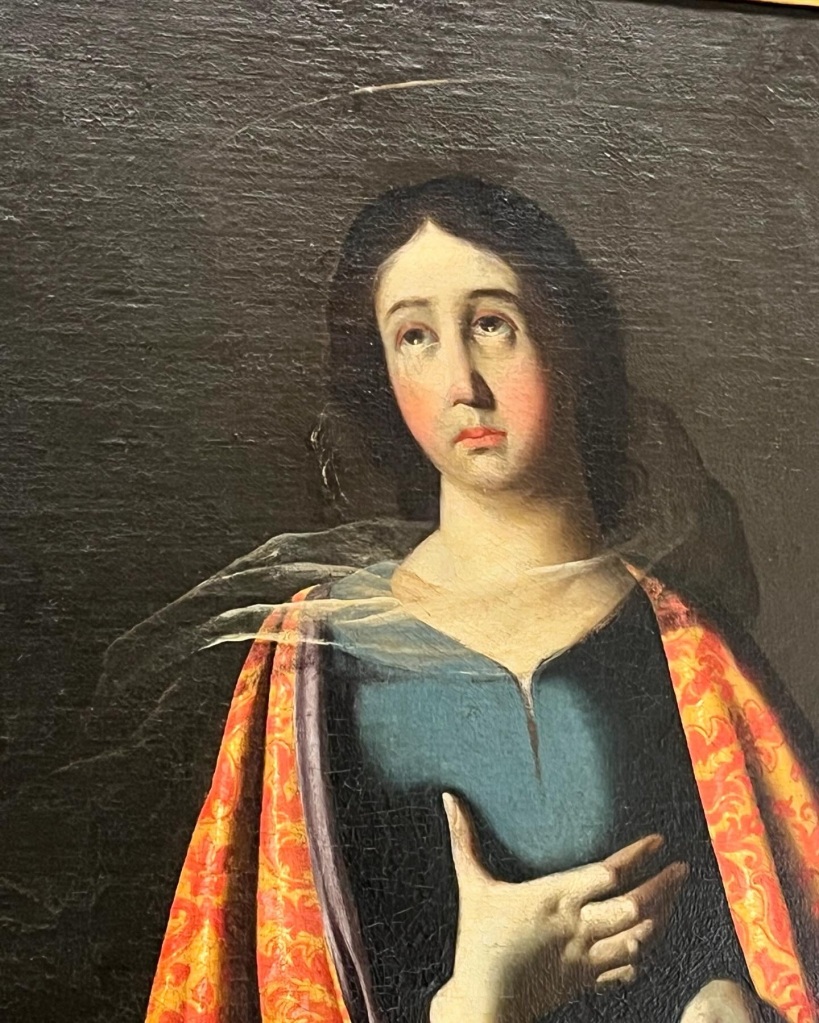



Yesterday, after my tour of Italica, I hurried to a tour of the Seville Cathedral. Like many structures here, it is built in the 16th century on the sight of a mosque that was erected in in the 12th century. After the Christian conquest, Ferdinand III turned the building into a Church and only later was it torn down for the building of what is seen today. The only piece of the original mosque that still remains is the Minaret and the absolutions courtyard. The story is that while the builders were getting ready to tear it down, they found some graves that appeared to be for past royals. Not wanting to destroy them, they kept them and the minaret with it. It’s a nice story, but probably they just liked the minaret which is quite beautiful!
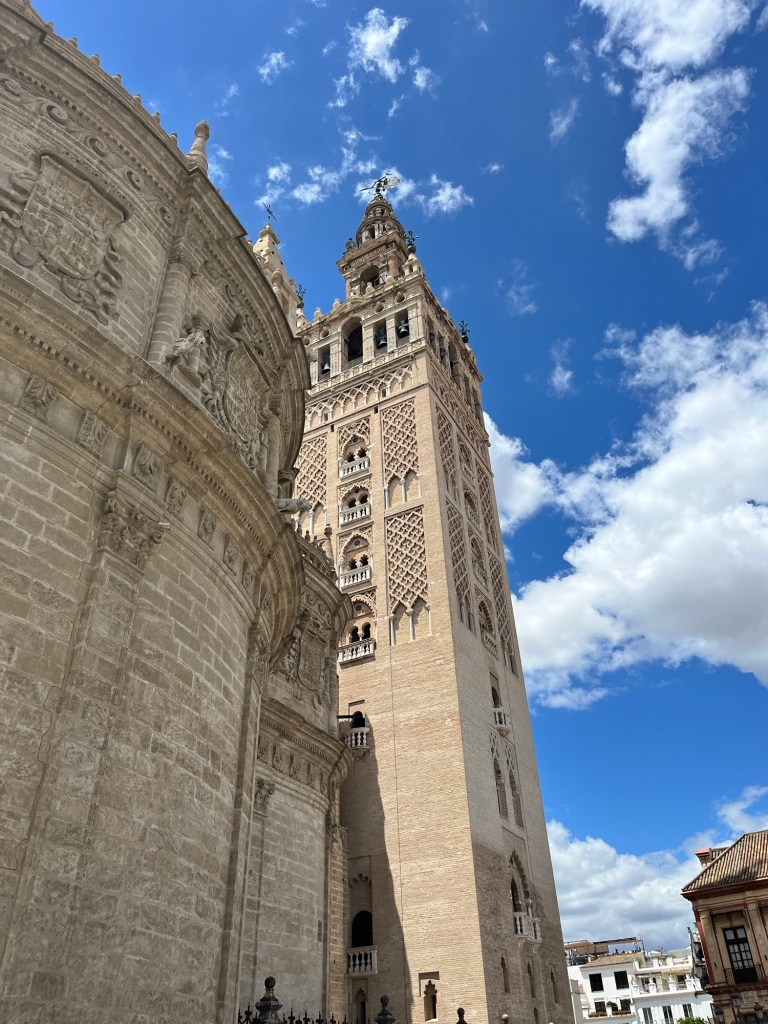
I really enjoyed the mix of gothic, baroque, and moorish architecture.

The inside is a masterpiece of wealth and glory, typical for Cathedrals of the time.

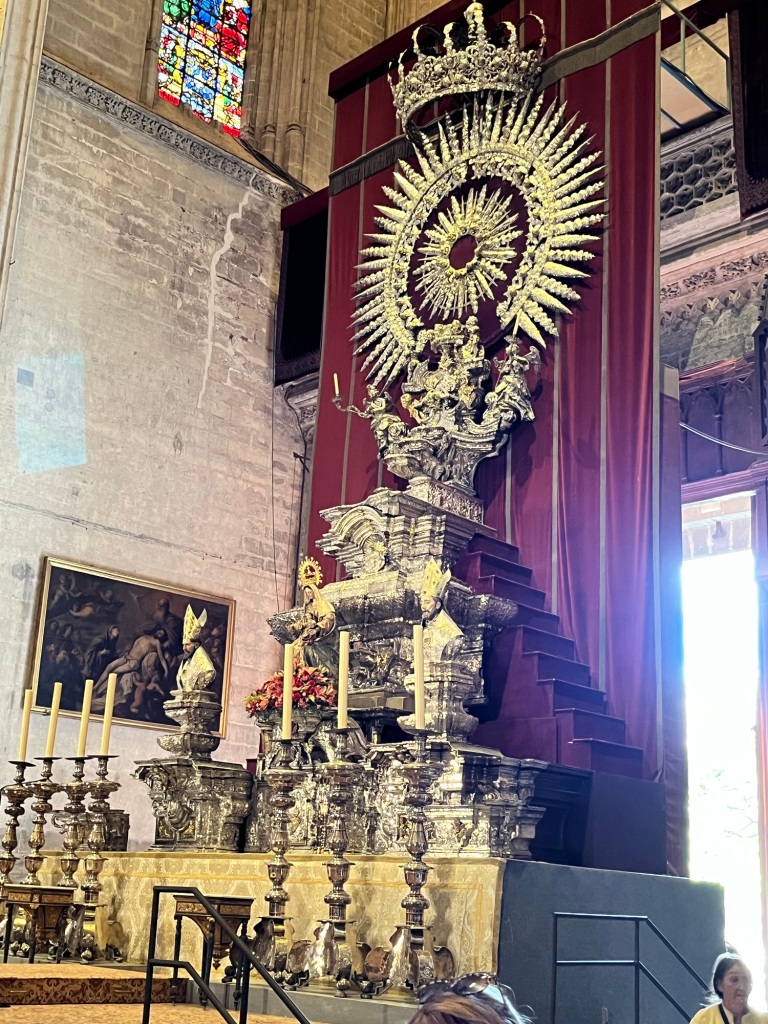





The most interesting part to me is the tomb of Columbus. While he is no longer venerated in the US for good reason, he still holds great importance to the Spanish who really only gained their place on the map because of the wealth his discoveries made the country.
His tomb is carried by four figures representing the four kingdoms of Spain. It was originally placed in Havana but moved to Seville when Spain lost control of Cuba. In reality, his remains were moved several times after his death and DNA studies have not shown conclusively that this is actually him.
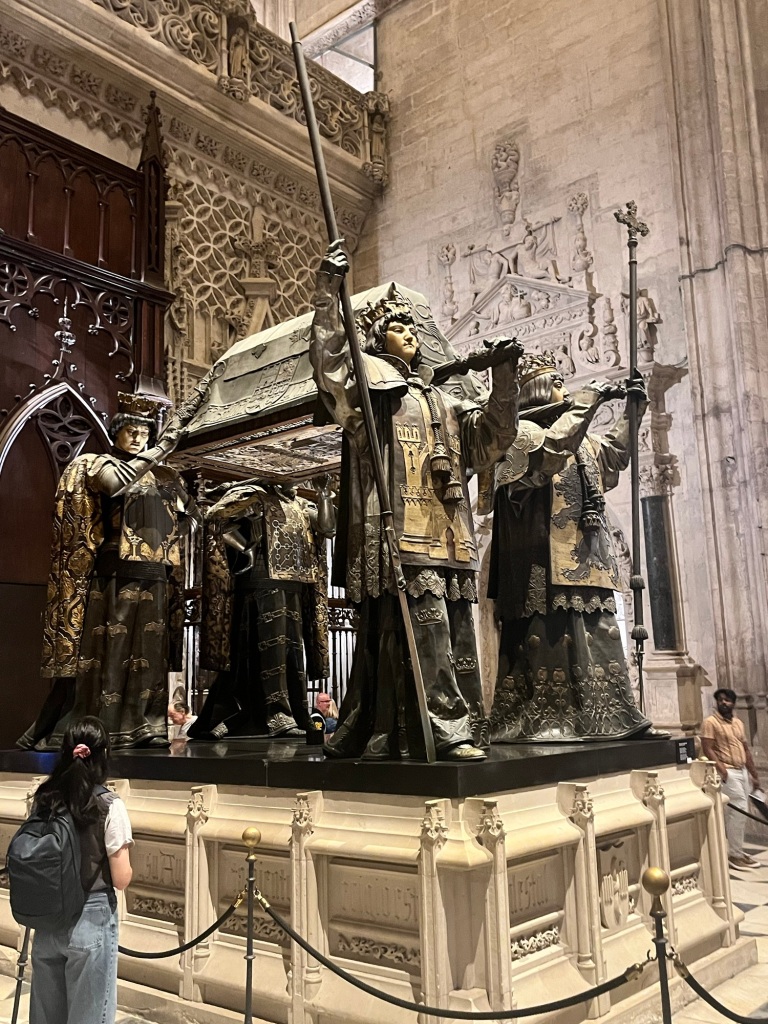
Overall, I really enjoyed Seville, despite having to deal with life back home in an unexpected way, I found the city to be beautiful and easy to wander. Next out I head to Granada, where I am most excited to see The Alhambra,